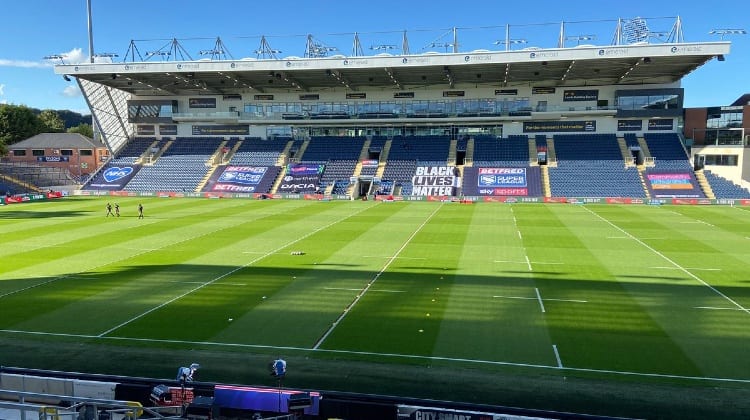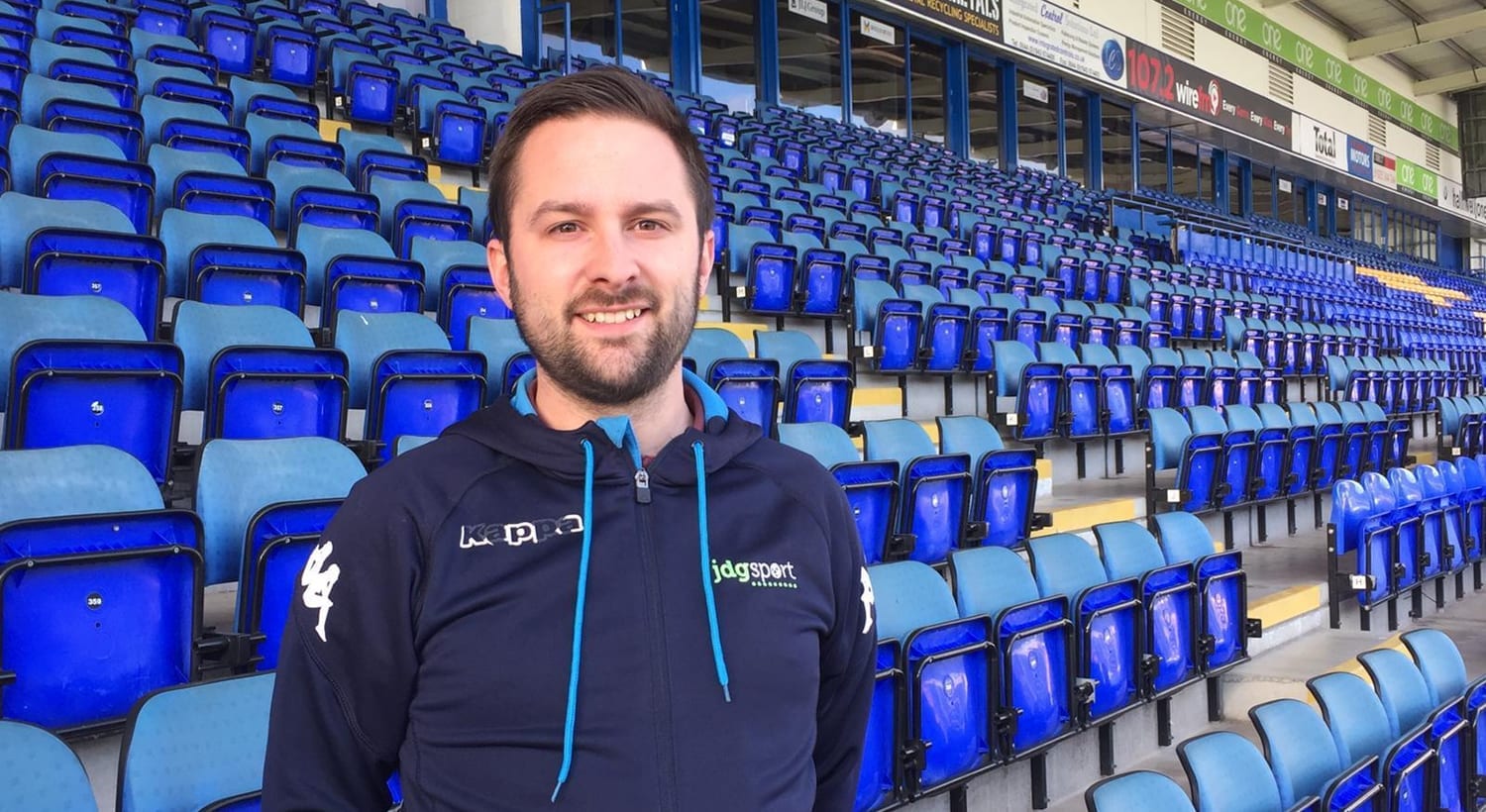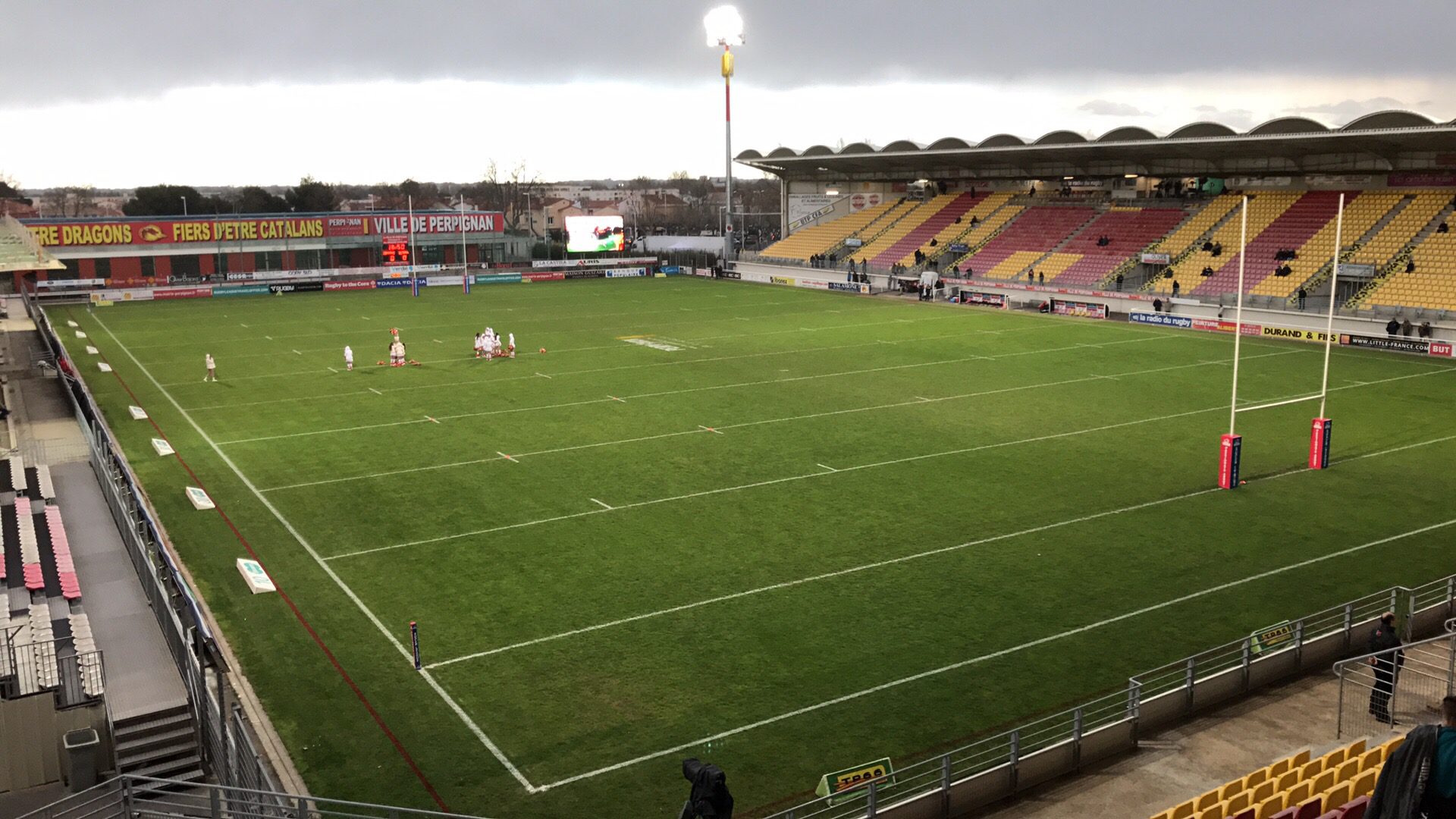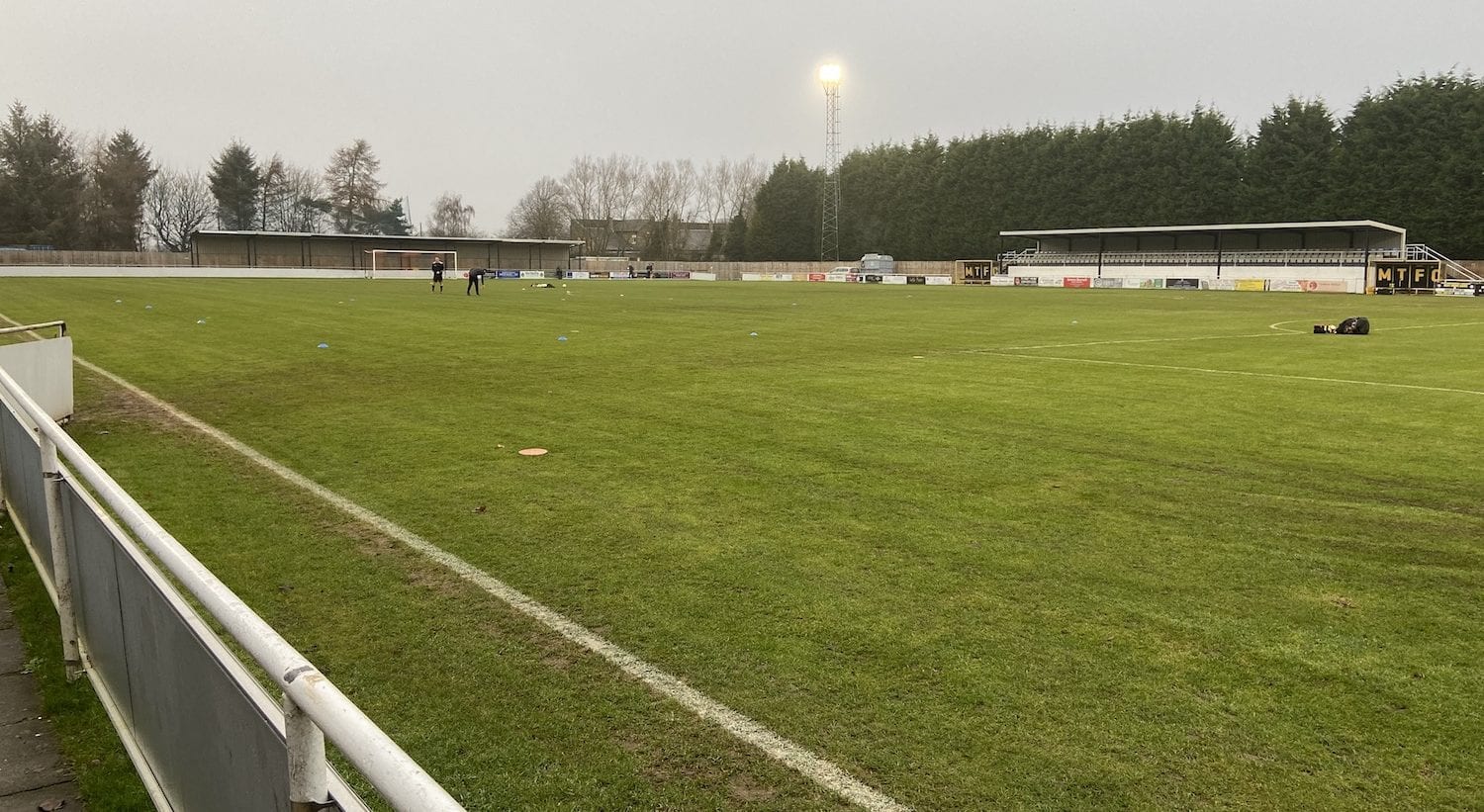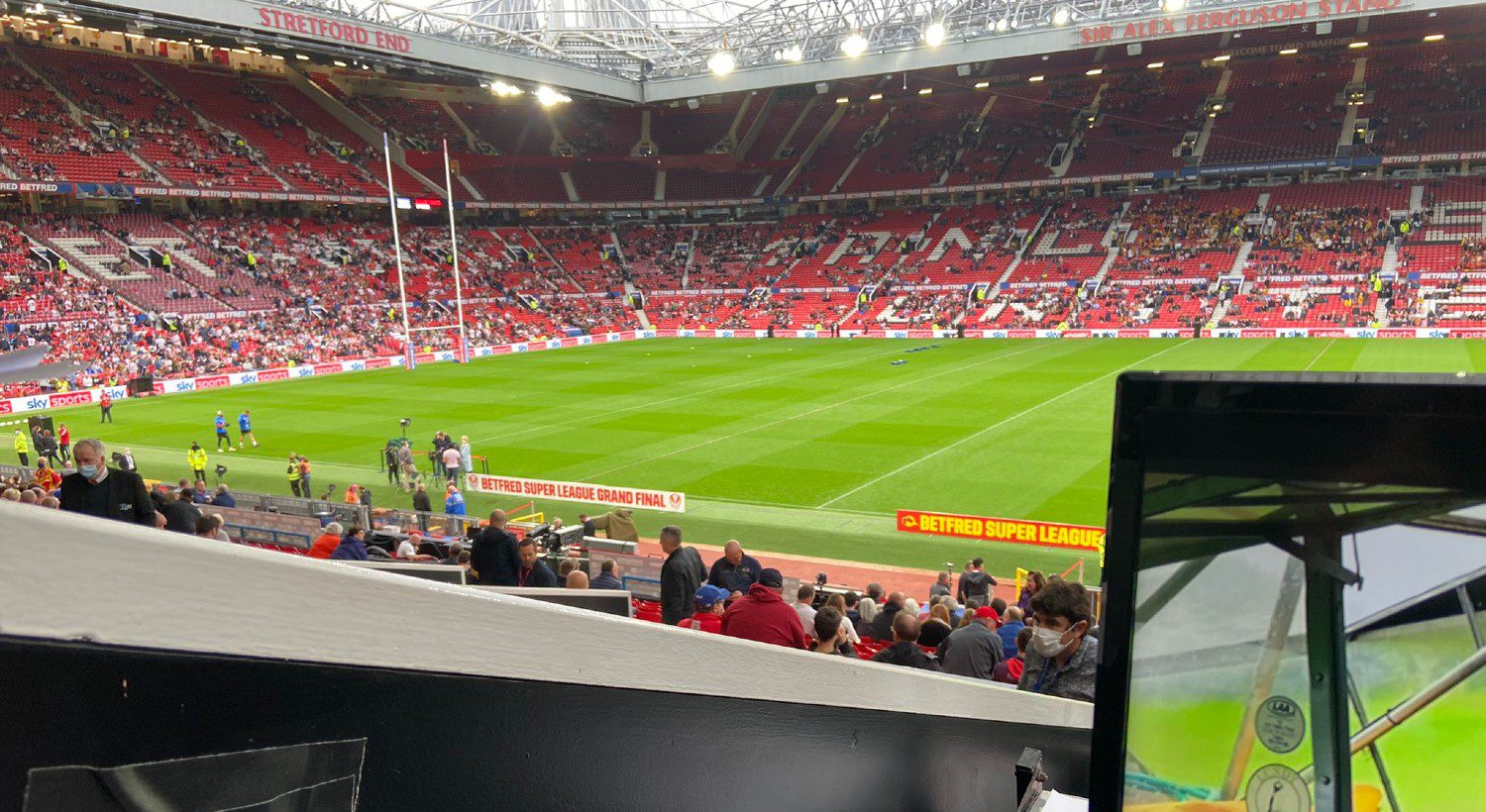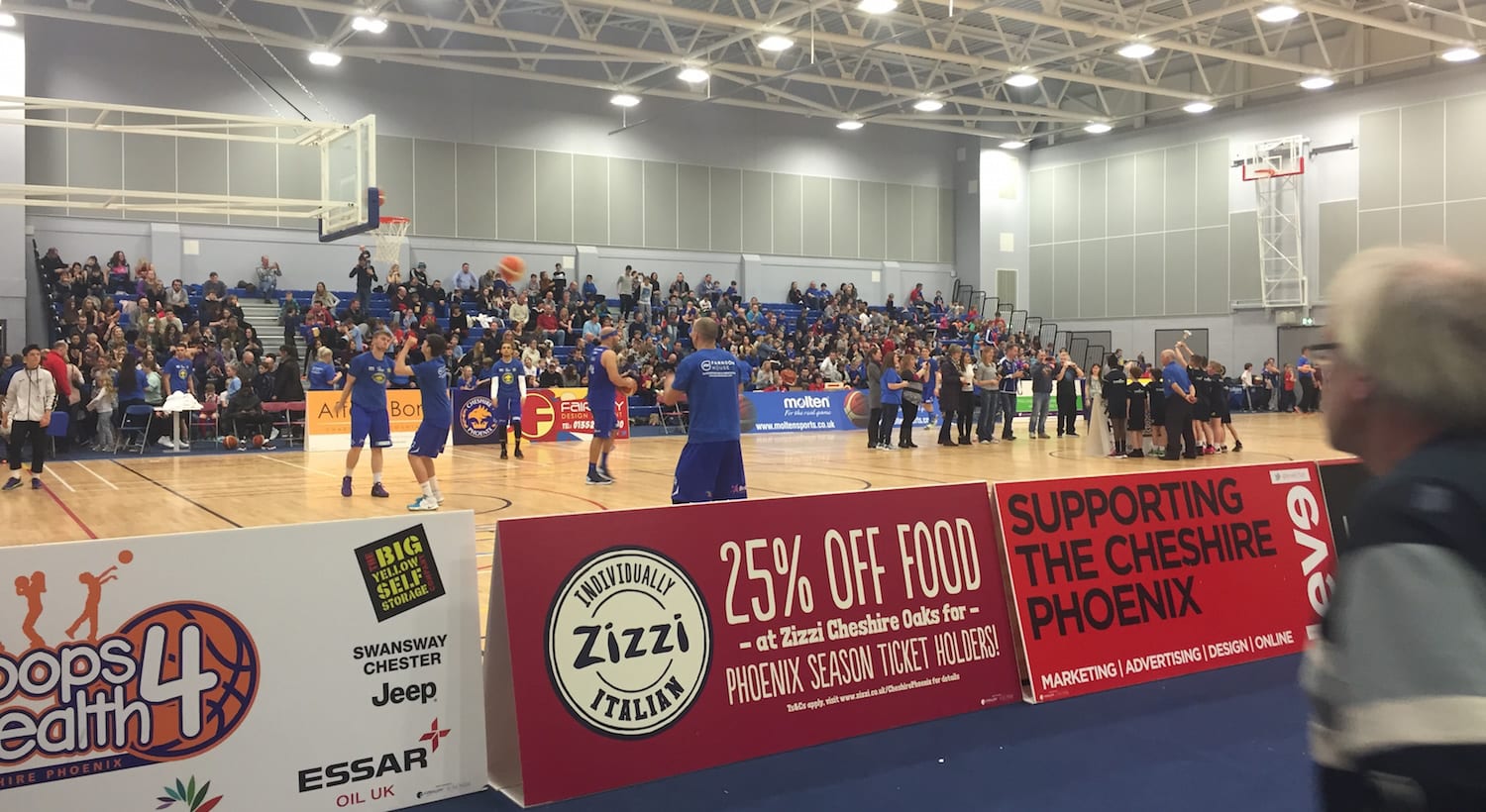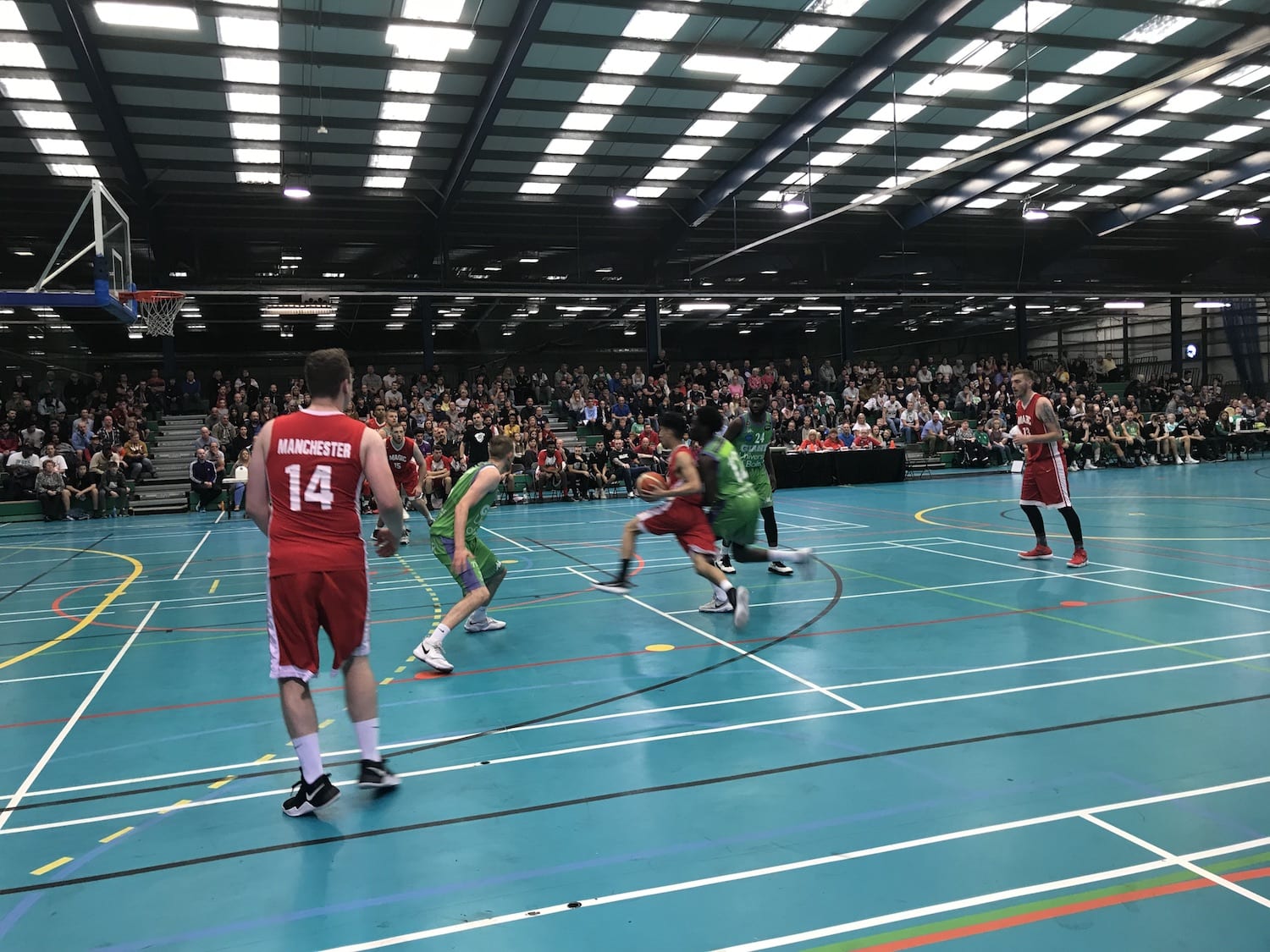The latest lockdown period has put a halt to fans attending sports events – little over a month after a series of pilot events were abandoned due to the rising infection rate.
Non-league football, from step three (or tier seven of the overall pyramid), has been virtually the only spectator sport allowed to have crowds of any number since the coronavirus outbreak, with top clubs able to allow in up to 600 fans.
They managed it for two months at least – following strict social distancing and COVID protocols, as clubs at those levels battled to stay alive.
Playing behind closed doors wasn’t an option for them, as it has been for elite clubs – though even those in the higher echelons of non-league only got going following a funding promise from the Government, while the EFL are still battling very much publicly for funds to help their clubs, who have to fund their professional players all year.
The return of sport has been a welcome boost to top betting sites, who have at least been able to keep serving their customer base, even if the majority of those fans can’t go and watch live sport in a stadium – streams and television coverage keeps them engaged.
Working in sport puts us in a privileged position, though the extent to which this year has been decimated is perhaps reflected in my own numbers – so far in 2020, I have covered 53 live games, and will probably struggle to break past 60; that’s pretty much half of what I managed last calendar year. That includes a five-month break from March 15 to August 15.
It just isn’t the same without fans. I’ve been inside several Super League grounds since that competition restarted in August, and while it was great to see live action, the absence of fans makes it a sombre occasion.
Frustratingly, in spite of the empty grounds, gaining accreditation to cover games hasn’t been straight forward either – with limited space being cited as a reason on a number of occasions.
With all games available to watch either on TV or via a stream, and with all press conferences being conducted via Zoom due to COVID-protocol anyway, the argument is that you can pretty much cover the game in the same way from the comfort of your own home.
That was very much an argument put forward by Boreham Wood FC last week, in a rather public spat with the Southend Echo, ahead of Southend’s visit there in the FA Cup.
🗣MEDIA UPDATE
A MATCH REPORT IS NON-ESSENTIAL🗞
In response to Southend Echo’s recent news article, the Club would like to clarify our position and reasoning
Full article👉 https://t.co/zcogLLtPfj #WeAreTheWood pic.twitter.com/ohS2QCM8gB
— Boreham Wood FC (@BOREHAM_WOODFC) November 5, 2020
Boreham Wood had effectively refused the Southend Echo access to the game, citing available space, which will no doubt have come as a surprise to the local paper, who you would imagine has no trouble covering any of the EFL club’s games.
The paper had published an article bemoaning that fact “Boreham Wood deny Echosport access to Southend United’s FA Cup clash”, which did seem a little sensationalist.
The hosts were following their strict coronavirus guidelines, though maybe a little compromise could have occurred here.
Either way, it raises an interesting debate about the role of journalists – and whether being sat in the press box makes a sizeable difference to the coverage of a game and the personalities around it.
As someone who loves going to games, I would always argue yes. But that isn’t to say that a skilled journalist can’t do their job from a distance – it just makes picking up on the little things a lot harder. There may be murmurs around the ground on a match day, or you can build relationship with other press and club media men. Being at the ground means if there’s a sniff of a story, you’ve got the people you need around you to find out more.
Being present, and executing your training and skills, is what separates you as a professional from those watching the game at home; and it is perhaps that which is the most crucial reasoning behind being present.

